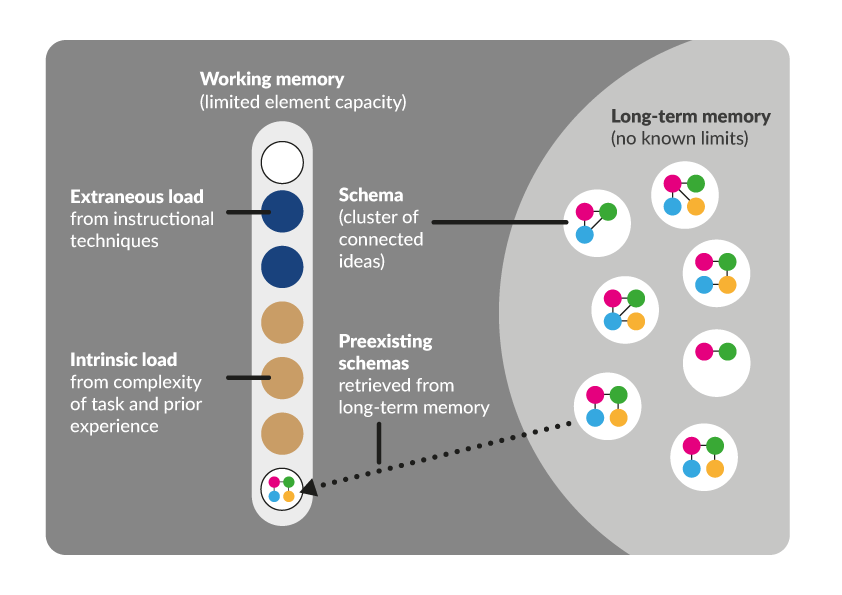Episode #3: Cognitive Load Theory in Computing
28 November 2019

This month we’ve decided to focus a whole episode on a single aspect of pedagogy and how it applies to teaching computing. Back in September the National Centre for Computing shared its first Pedagogy Quick Read focused on Cognitive Load Theory. I sat down with Duncan Maidens from the Raspberry Pi Foundation to talk about the importance of considering cognitive load when designing teaching activities.
You can find the podcast via these popular services:
Anchor |
Castbox |
Podbean |
RadioPublic | |
Spotify |
Stitcher |
Thanks to Duncan Maidens for his contributions to this episode, and a special thanks to Oliver Quinlan for our intro theme built from Commodore 64 sounds.
You can (and should) contribute your thoughts and expertise by emailing the team or by leaving us a voice message, which we may include in a future episode.
We want to make a podcast that is both interesting and useful to computing educators, and to do that we need your help. Complete this feedback form to tell us what you liked (or didn’t like) and what you’d like to see more of.
Thanks for listening!
Notes
Below, you’ll find notes relating to ideas and reading discussed in the episode, you can also view a full transcript of this episode.
00:21
Download Quick Read #1 and follow our conversation, we also make reference to original research by John Sweller
01:30
Read more about the Isaac Physics platform and CS accelerator programme which Duncan mentions in his introduction.
05:32
Diagram showing the limitations of working memory

14:18
Read more about the National Centre teaching Resources and try them with your classes.
Objectives graphs are a valuable tool for planning enabling educators to map dependencies between concepts
17:05
Where James says "us as learners", he means "us as educators"
22:51
Dijkstra's algorithm is used to find the shortest path between 2 points in a network.
32:11
Read more about the Worked example effect in our second Quick Read
37:04
You can read more about Pair Programming in quick read #3
43:17
Beyond the Sweller references earlier you can read more in:
Guests
 James Robinson Senior Learning Manager Raspberry Pi Foundation |
 Duncan Maidens Director of Computer Science Education Raspberry Pi Foundation |